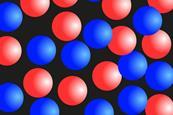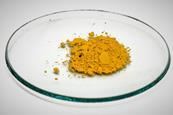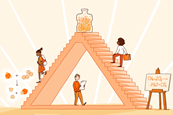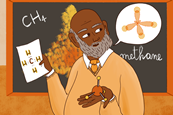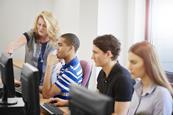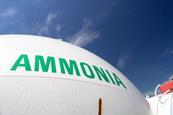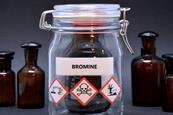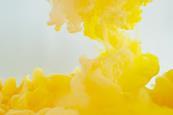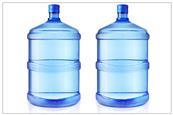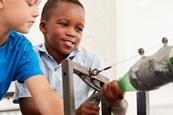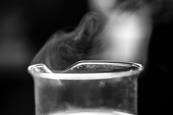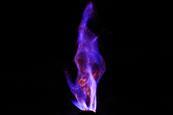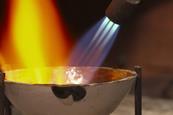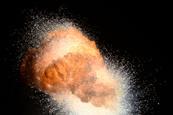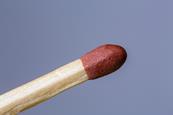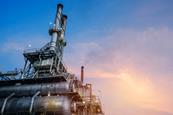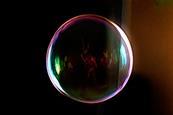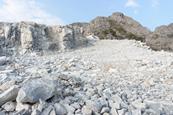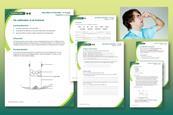- Home
- I am a …
- Resources
- Collections
- Remote teaching support
- Starters for ten
- Screen experiments
- Assessment for learning
- Microscale chemistry
- Faces of chemistry
- Classic chemistry experiments
- Nuffield practical collection
- Anecdotes for chemistry teachers
- Literacy in science teaching
- More …
- Climate change and sustainability
- Alchemy
- On this day in chemistry
- Global experiments
- PhET interactive simulations
- Chemistry vignettes
- Context and problem based learning
- Journal of the month
- Chemistry and art
- Classic chemistry demonstrations
- In search of solutions
- In search of more solutions
- Creative problem-solving in chemistry
- Solar spark
- Chemistry for non-specialists
- Health and safety in higher education
- Analytical chemistry introductions
- Exhibition chemistry
- Introductory maths for higher education
- Commercial skills for chemists
- Kitchen chemistry
- Journals how to guides
- Chemistry in health
- Chemistry in sport
- Chemistry in your cupboard
- Chocolate chemistry
- Adnoddau addysgu cemeg Cymraeg
- The chemistry of fireworks
- Festive chemistry
- Collections
- Education in Chemistry
- Teach Chemistry
- Events
- Teacher PD
- Enrichment
- Our work
- More navigation items
Practical chemistry for NQTs
Classroom resources featuring activities from our Practical chemistry for NQTs professional development course for teachers
This collection of classroom resources features activities from our Practical chemistry for NQTs course for teachers, from our Teaching Chemistry series. This collection is most valuable to those who have attended this course and wish to put into practice with their students some of the ideas and activities presented as part of that event. Please note that this list is not exhaustive; not all trainer activities have a corresponding classroom resource. In some circumstances there is variation between the training resource and classroom resource.
Diffusion of gases and relative molecular mass
Try this class practical to explore the diffusion of gases and how relative molecular mass affects rate of diffusion. Includes kit list and safety instructions.
Black box
Classroom activities to help develop ideas and evidence in science, as part of scientific enquiry. Includes black box investigations: tricky tracks, the cube and a model tube.
A solid–solid reaction between lead nitrate and potassium iodide
Use this demonstration with kit list and safety instructions to prove that two solids can react together, making lead iodide from lead nitrate and potassium iodide.
Reasons to craft your own molecular models
And how to get the most out of them
Develop deeper understanding with models
How to bridge the gap between the ‘seen’ science and the ‘unseen’ explanation
How to teach scientific models
Be explicit when explaining models and their purpose
Reflect on your use of models
Use scientific models effectively
Un-muddling models
How to use models in the classroom more effectively
The atom detectives
This resource presents chemists as real people and not stereotypical ‘mad scientists’ whose lives are completely dominated by science.
Diffusion of gases: ammonia and hydrogen chloride
A demonstration to show the diffusion of gases, using ammonia solution and hydrochloric acid. Includes kit list and safety instructions.
Diffusion of gases – a safer alternative to bromine
Diffusing gases can be a tricky thing to do, but by creating an alternative to bromine, you can make a safer classroom alternative for this process. Kit list and safety instructions included.
Diffusion in liquids
Demonstrate that diffusion takes place in liquids in this practical using lead nitrate and potassium iodide. Includes kit list and safety instructions.
Generating, collecting and testing gases
Read our standard guidance on generating, collecting and testing gases during practical experiments, including carbon dioxide, hydrogen, oxygen and chlorine.
The ‘whoosh’ bottle demonstration
This exciting demonstration is a combustion reaction where a mixture of alcohol and air in a large bottle is ignited. Includes kit list and safety instructions.
The methane rocket
Ignite methane with oxygen in a bottle, and amaze students with this methane rocket. Contains kit list and safety instructions.
Endothermic solid–solid reactions
Observe an endothermic reaction between two solids in this demonstration or class experiment. Includes kit list and safety instructions.
A spontaneous exothermic reaction
Illustrate the reaction between glycerol and potassium manganate(VII) to produce flames and steam in this demonstration. Includes kit list and safety instructions.
Competition for oxygen | reacting metals with oxides
Explore the reactions of metals when exposed to the oxide of another metal. When reactions like these occur, the two metals compete for the oxygen. Includes kit list and safety instructions.
The thermite reaction between aluminium and iron(III) oxide
Illustrate a highly exothermic thermite reaction resulting in molten iron in this teacher demonstration. Includes kit list and safety instructions.
Extraction of iron on a match head
Try this practical as a small scale example of metal extraction, reducing iron(III) oxide with carbon on a match head. Includes kit list and safety instructions.
Cracking hydrocarbons in liquid paraffin with a catalyst
Model the industrial process of cracking larger hydrocarbons to produce smaller alkanes in this demonstration or class practical. Includes kit list and safety instructions.
Exploding bubbles of hydrogen and oxygen
Create a small explosion in this demonstration by electrolysing water to produce hydrogen and oxygen bubbles. Includes kit list, video and safety instructions.
Limestone Chemistry
This activity is most appropriate for students aged 14-16 to illustrate chemical reactions and useful materials made from rocks.
Anecdotes: In the Limelight
The background and chemistry of burning calcium with hydrogen and oxygen to make ‘limelight’.
Universal indicator ‘rainbow’
Try this demonstration to create a rainbow effect using universal indicator, hydrochloric acid and sodium hydroxide. Includes kit list and safety instructions.
Neutralisation circles
Support students to explore neutralisation circles in this experiment that can be performed with common chemistry classroom equipment. Kit list and safety instructions included.
The sublimation of air freshener | 11–14 years
Use this experiment to demonstrate sublimation, showing how solid air freshener changes directly from a solid to a gas. Includes kit list and safety instructions.












